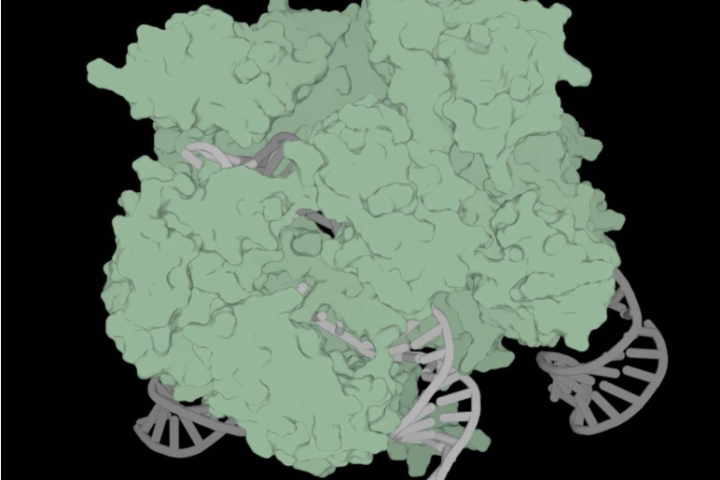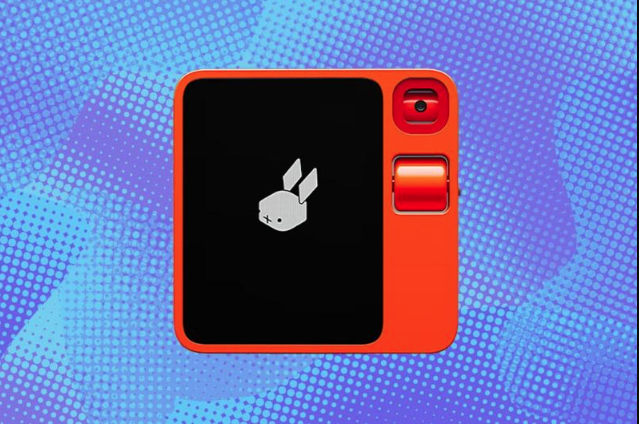Artificial intelligence detected something unusual in a 500-year-old Rafael painting: One of the faces in the painting was actually drawn by someone else! The face in question was that of St. Joseph, seen in the upper left corner of the famous work known as ‘Madonna della Rosa’.
The Madonna della Rosa is a work of great interest to experts and art lovers alike. The 16th-century painting has puzzled art experts (including Raphael expert Jurg Meyer zur Capellen) for many years.
There was no doubt that the famous work was a Rafael painting until claims were made in the 19th century. Art historians argued that the work should be attributed to his workshop. However, some experts said that the figure of Joseph looked like an afterthought and could not have come from Rafael’s hand. It was emphasized that the composition and painting quality of the Madonna, the child Jesus and St. John exceeded that of Joseph. In Spain, however, the painting has always been recognized as Raphael’s.
read more:
- China’s BYD is getting closer to eclipsing Tesla’s electric vehicle market share
- Space Systems Command and SpaceX launch third NSSL Falcon Heavy mission for US Space Force successfully.
A face ‘not painted by the artist’
And now, an artificial intelligence (AI) algorithm seems to have solved the mystery surrounding the Rafael masterpiece in the Prado Museum in Madrid. Scientists have concluded that one of the faces in the painting was not painted by the famous Italian painter.

Can artificial intelligence be trained to see details that escape the human eye? Researchers from the UK and the US have pursued this question and developed a special analysis algorithm based on the works of a Renaissance master. The famous work was analyzed by an artificial intelligence algorithm developed by Hassan Ugail, a professor at the University of Bradford.
Machine learning processes often need to be trained on a large pool of examples. This is not always possible when it comes to a single artist’s lifetime of work, so the team combined a pre-trained architecture called ResNet50 developed by Microscoft with a technique called ‘Support Vector Machine’.
Rafael correctly recognizes his paintings 98 percent of the time
“We used Rafael’s paintings, confirmed by experts, for the deep analysis method. The algorithm looks not only at the face but at all the elements of the work: the color palette, shading, tones and brushstrokes. It examines the painting in an almost microscopic way, looking at all the key features of Rafael’s drawing style.”
Ugail says that the algorithm was developed through a detailed analysis of 49 of Rafael’s works of undisputed authenticity, and as a result, it was able to correctly recognize the artist’s original works 98 percent of the time.
In the case of Madonna della Rosa, tests show that the painting is 60 percent Raphael’s. An artificial intelligence program analyzed the painting section by section and concluded that St. Joseph’s face was not Raphael’s. The finding was shared in a new article published in the journal Heritage Science.
But who drew the fourth face?
Could Giulio Romano, one of Rafael’s students, be responsible for the fourth face? It is known that Rafael worked with others, especially students in his workshop. Ugail has no guesses as to who painted St. Joseph in the painting. He says the following:
Since this special algorithm can only classify whether a particular image is by Rafael or not, it is impossible to draw any conclusions about who might have painted Joseph’s face.
Experts believe the Madonna della Rosa was painted between 1518 and 1520. Art critics began to suspect in the mid-1800s that Rafael may not have painted the entire work. Now these suspicions have almost certainly been confirmed.

This is one of the latest art-historical discoveries to come to light with the help of technology, from AI-powered algorithms to digital imaging techniques. Technology recently revealed that a 17th-century portrait had some kind of beauty filter added to it.
The authentication of a painting is of course crucial for art history and science, but it is also an important development for the world of ‘commercial art’. This could prevent identification errors that cost millions in forgeries and misattribution.
The research team conducting the study is careful to emphasize that artificial intelligence will help art experts in the future, rather than replace them. Prof. Ugail, who states that he ‘doesn’t know much about art’, says that he doesn’t think artificial intelligence will replace experts and adds:
“The process of verifying the authenticity of a work requires looking at many elements, such as its provenance, pigments, condition, and so on. But this kind of software can be used as a tool to support the process.”
Compiled from Science Alert, Guardian and Fortune news.





